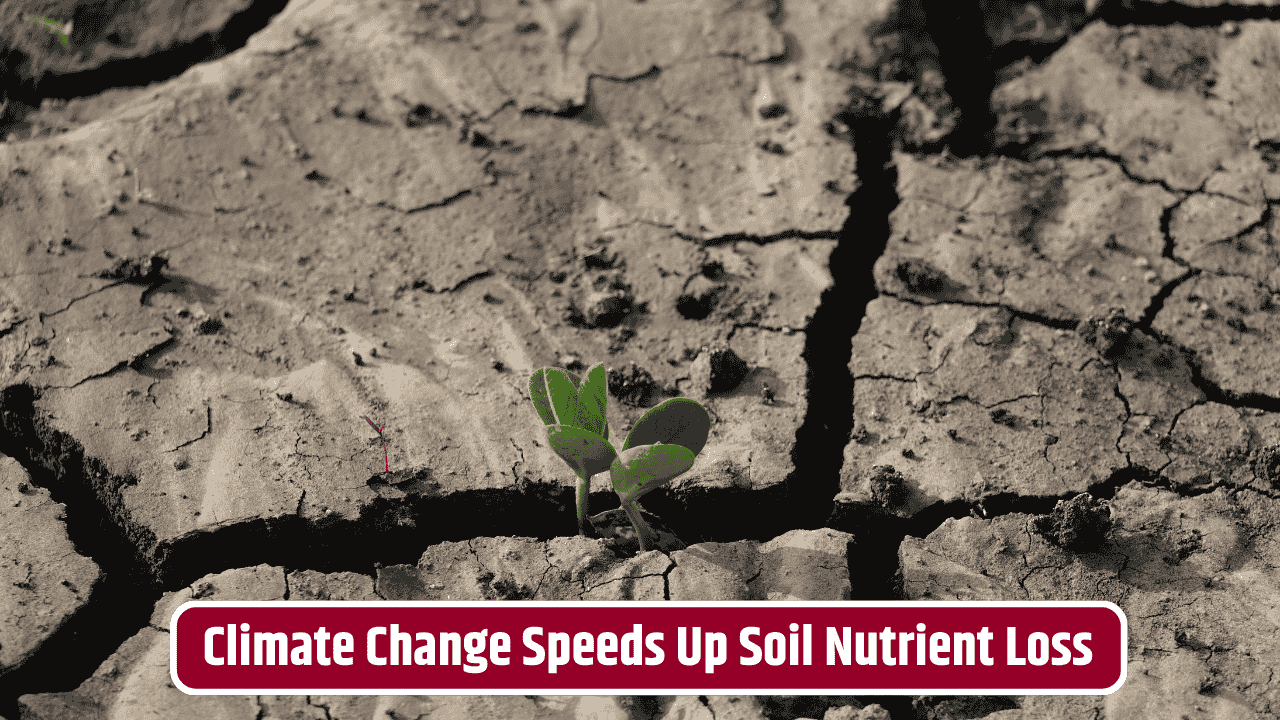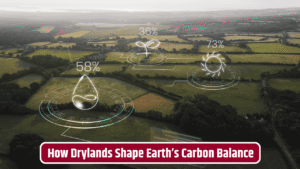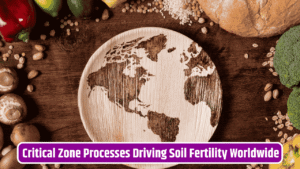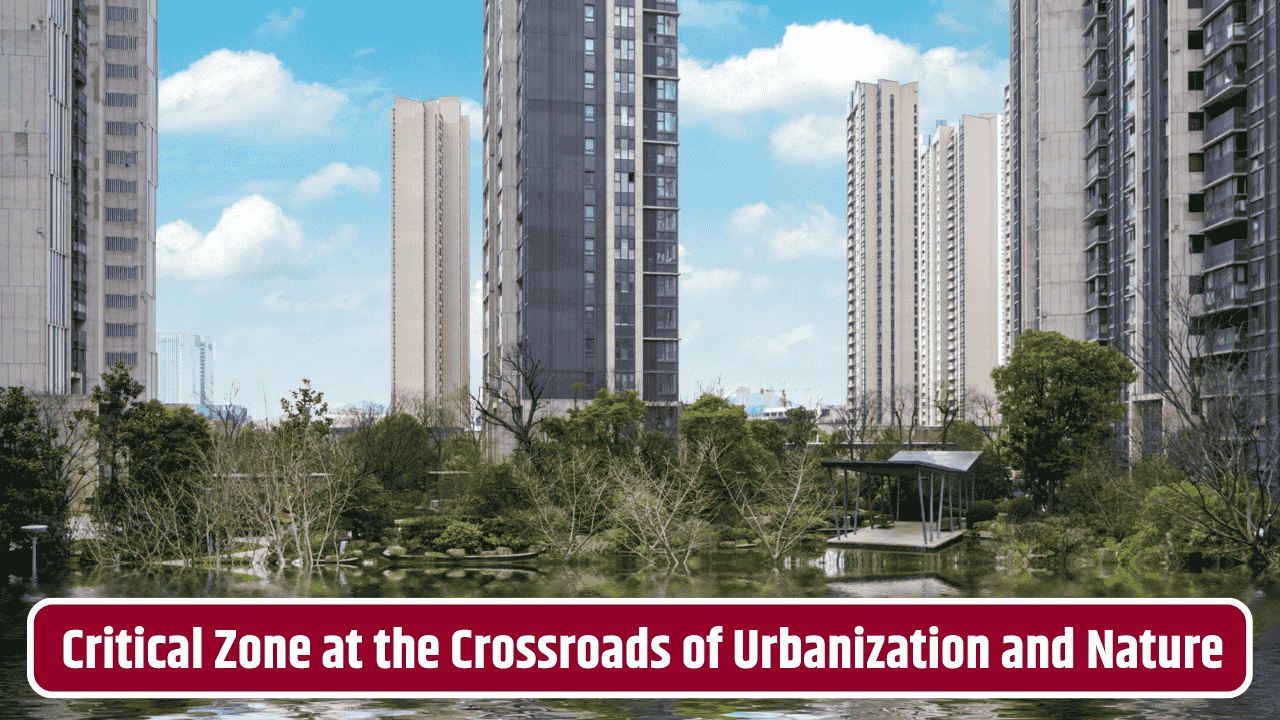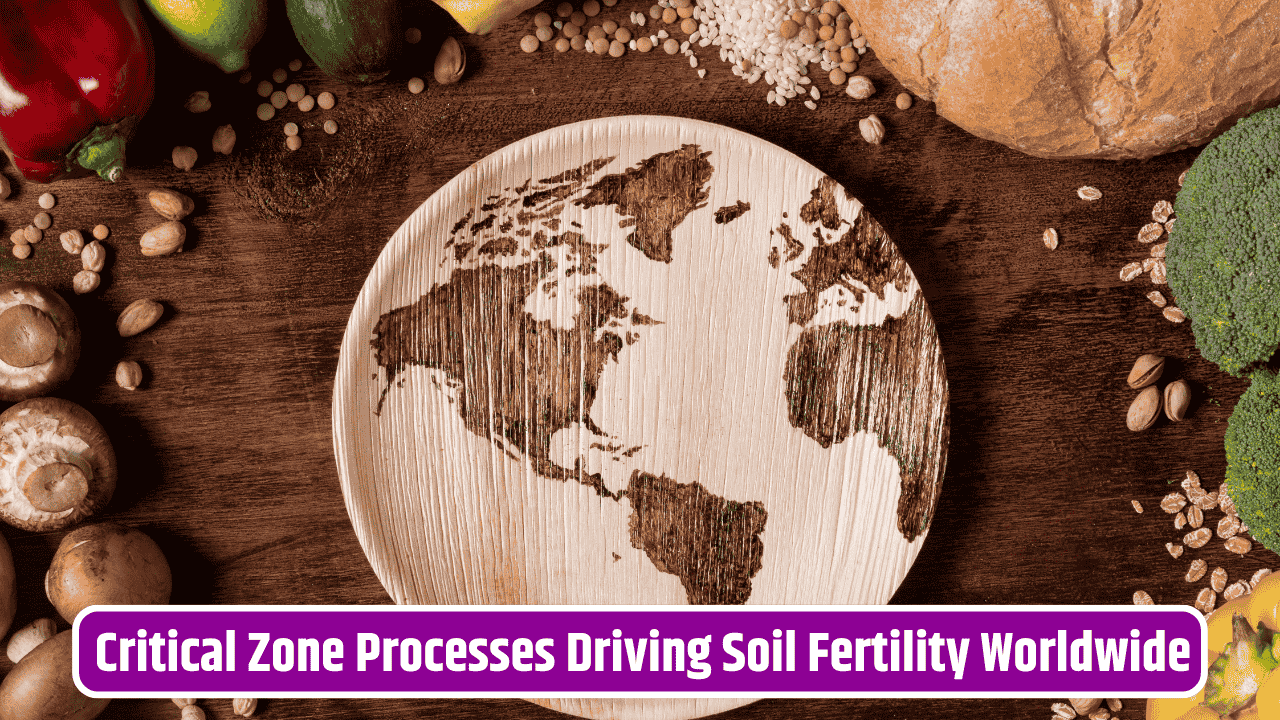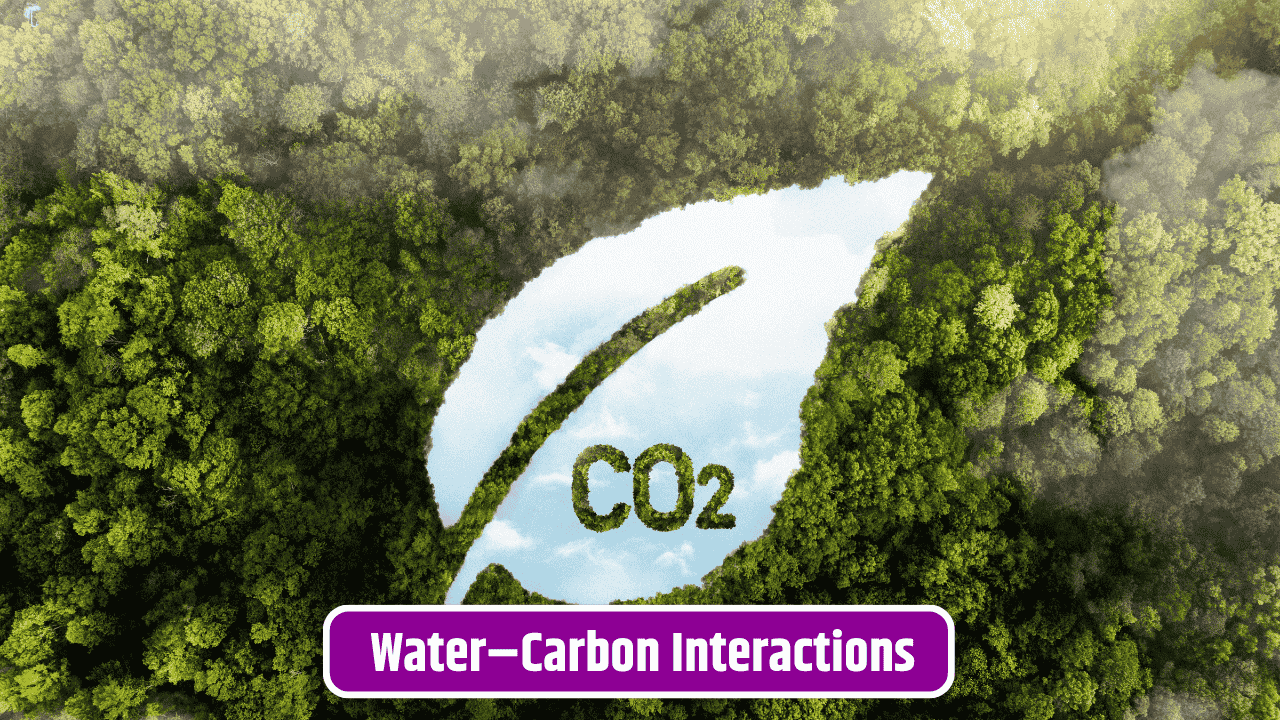When people talk about climate change, the conversation usually drifts toward rising seas, extreme heat, or melting ice caps. But here’s the thing no one really chats about at the dinner table—our dirt is changing too. And not just slowly, the way you’d expect soil to shift over centuries. We’re talking rapid changes in nutrients, microbes, and carbon content, all happening within a human lifetime. The ground beneath us, quite literally, is transforming in ways scientists didn’t fully anticipate.
Table of Contents
The Hidden Chemistry of Soil
Soil is more than brown stuff under your shoes. It’s this complex cocktail of minerals, microbes, fungi, and organic matter that feeds everything from crops to forests. Normally, nutrients like nitrogen, phosphorus, and potassium cycle at a pretty predictable pace. Plants take them up, organic matter breaks down, and the soil regenerates. But with rising global temperatures and shifting rainfall patterns, those cycles are being thrown out of sync.
Recent research published in Nature and summarized by the U.S. Geological Survey shows how warmer conditions accelerate decomposition. That means soil releases carbon faster, making it less fertile in the long run while adding more CO₂ back into the atmosphere. It’s like the ground is breathing out too quickly and can’t catch its breath.
Why Farmers Should Be Worried
For farmers, this isn’t just a science experiment. When soils lose nutrients at a faster rate, it directly affects crop yields and food security. Phosphorus depletion, for example, is already a growing problem in regions like Sub-Saharan Africa. Meanwhile, in North America, nitrogen leaching into waterways is becoming more severe with heavier rains. The USDA has warned that increased flooding events are stripping fields of essential nutrients, forcing farmers to rely more heavily on fertilizers—which then leads to water pollution downstream.
Here’s a snapshot of what’s shifting:
| Soil Nutrient | Climate-Driven Change | Impact on Food Systems |
|---|---|---|
| Nitrogen | Leached by heavy rains | Less available for crops, more runoff pollution |
| Phosphorus | Depletion from overuse + faster soil cycling | Lower fertility, expensive fertilizers |
| Carbon | Faster decomposition from warming | Soil stores less carbon, worsening climate change |
The Vicious Feedback Loop
This is where it gets a bit unsettling. Poorer soils produce weaker crops. Weaker crops often need more synthetic fertilizers. Those fertilizers release nitrous oxide—a greenhouse gas nearly 300 times stronger than CO₂. And so the cycle spins on: climate change hurts soil, and degraded soil fuels more climate change.
Scientists at the EPA call this a “positive feedback loop,” though it’s not “positive” in the way you’d hope. The speed of these changes is the part that’s catching experts off guard. What was expected to happen over centuries is happening over mere decades.
Can We Fix the Ground Beneath Our Feet?
The good news: soil is alive, and living systems can bounce back if we treat them right. Practices like cover cropping, no-till farming, and agroforestry aren’t just buzzwords—they’re proven methods to lock carbon back into the soil and slow nutrient loss. Even something as simple as rotating crops can keep nutrients cycling more evenly.
On a policy level, governments are slowly catching up. The United Nations Food and Agriculture Organization is pushing for “climate-smart agriculture,” while several U.S. states are experimenting with carbon-credit programs that reward farmers for building healthier soil. Still, the scale of the problem is huge, and adoption is uneven.
FAQs
How does climate change affect soil carbon?
Warming accelerates decomposition, causing soils to release stored carbon faster and reducing fertility.
Which crops are most vulnerable to nutrient shifts?
Cereals like wheat, maize, and rice are highly sensitive to nitrogen changes, while legumes rely more on phosphorus.
Can fertilizers fully replace lost soil nutrients?
Not sustainably. Fertilizers provide short-term boosts but can worsen runoff, pollution, and greenhouse gas emissions.
Is soil degradation reversible?
Yes, with regenerative practices like cover cropping, composting, and reduced tillage, soils can regain fertility.
What role do microbes play in soil health?
Microbes are the backbone of nutrient cycling, breaking down organic matter and making nutrients available to plants.

